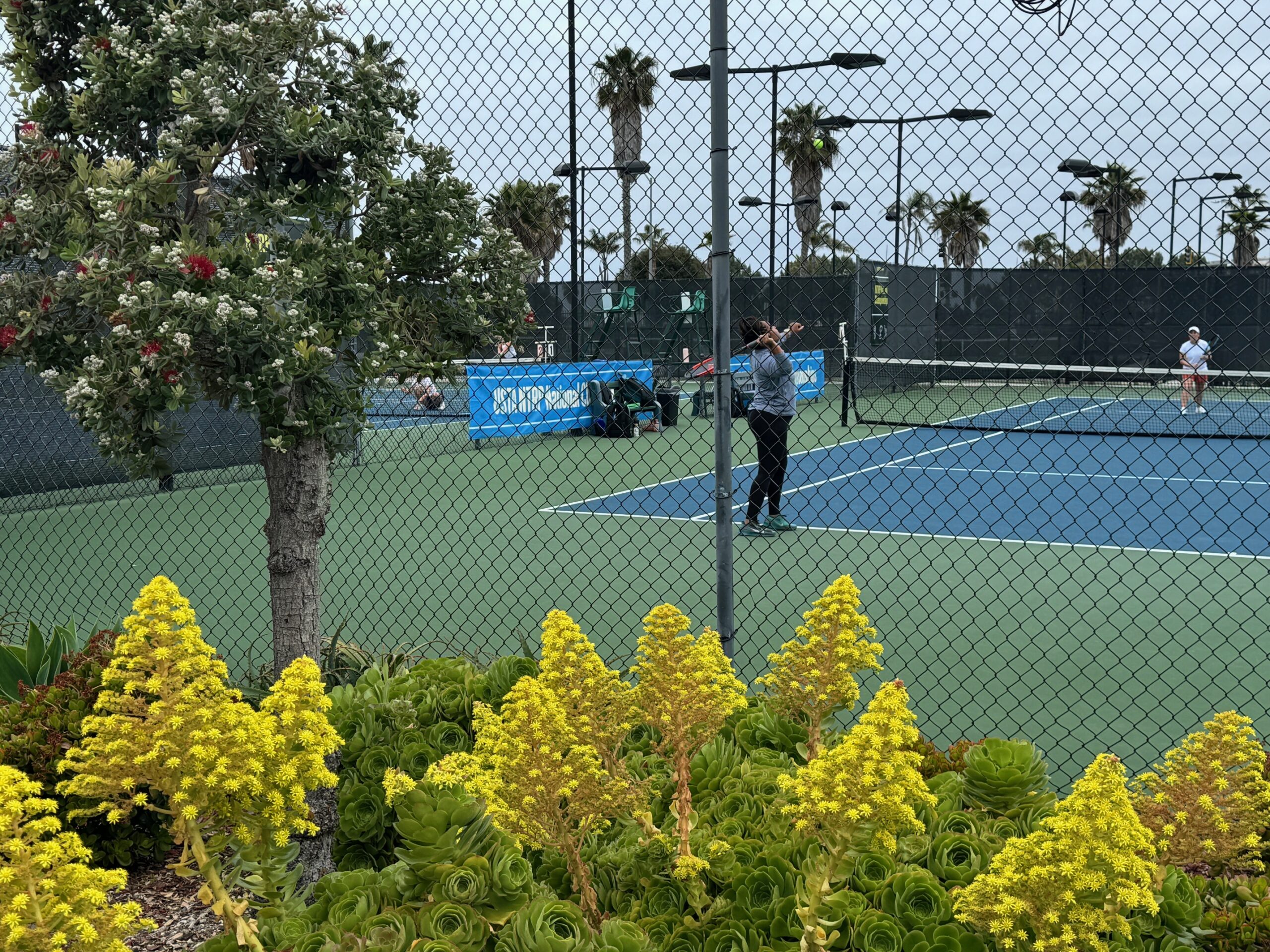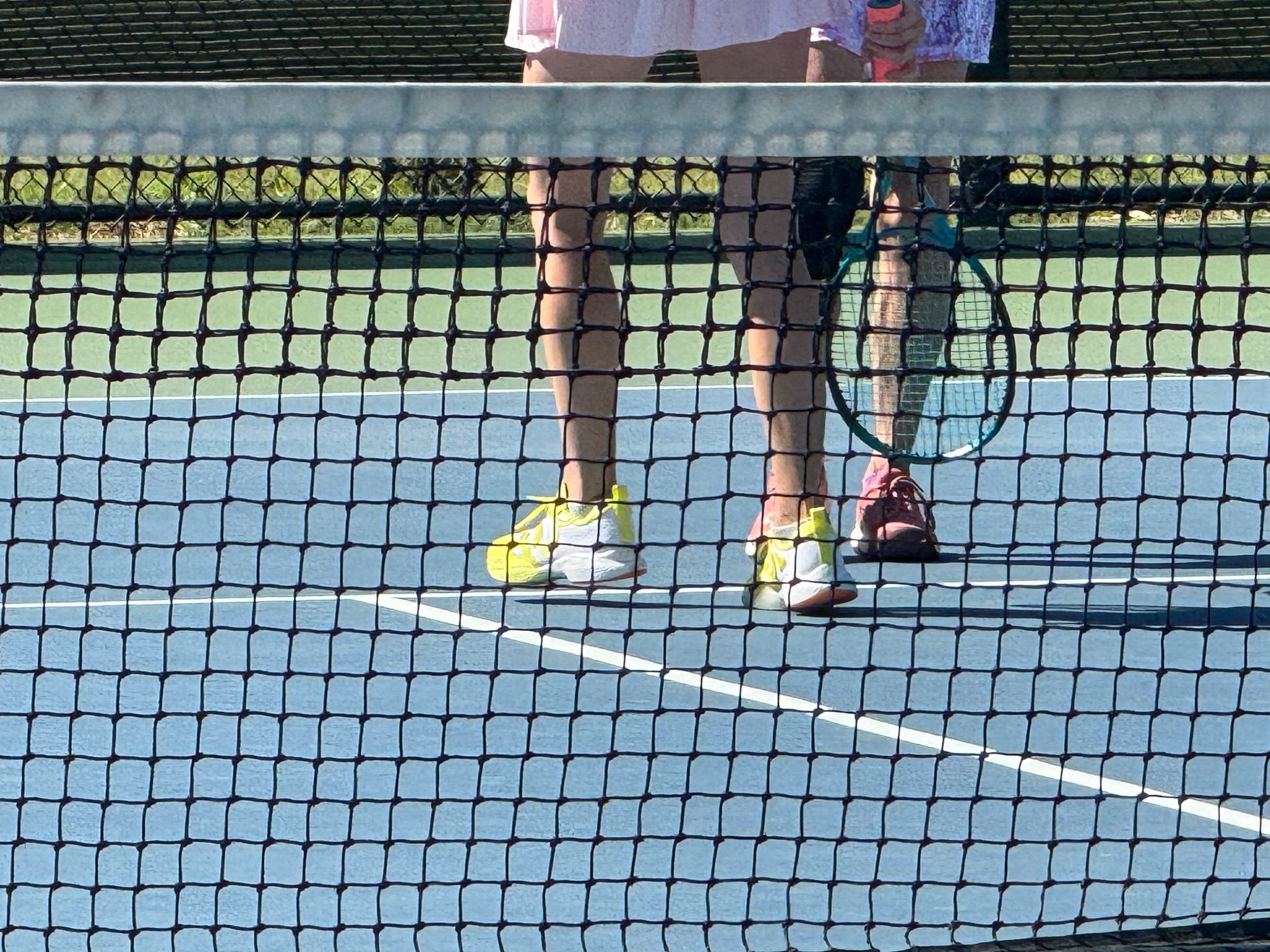Tennis matches are typically won by the player who wins the most points. However, the intricacies in the scoring system sometimes result in a match where the winning player accumulates fewer points than their opponent. Heck, the US Open this year even had two matches where the victor won fewer games. In those cases, it can still be said that the winning player at least carried the most important points.
Consequently, tennis players spend an inordinate amount of time working on the skills, tactics, and strategies required to win points. In fact, there is no shortcut or substitute for winning games and sets that doesn’t involve prevailing at this fundamental level. A player who cannot consistently string together winning points will not win matches.
However, the very best players also know that victory can hinge on something that doesn’t happen during points at all. The very best players in Senior Adult tennis follow set routines between points. Those systems are designed to support mental clarity and enhance performance.
One approach for the interstitial time between points is a simple three-step process. First, the player thinks about what just happened on the previous point. The player then determines why it happened, which should theoretically prompt some degree of root cause analysis. Finally, a decision is made about what the player wants to happen on the ensuing point. This is a good method for cultivating a proactive mindset toward tactical and strategic adjustments.
Dr. Larry Lauer, the USTA’s mental skills specialist, prescribes separate routines depending on whether the player is under duress. His process focuses more on the actual mental state of the player. When things are going well, Lauer recommends a routine four-step process. Those stages are Respond, Recover, Refocus, and (get) Ready. He also advocates the performance of physical actions in conjunction to prompt and enhance each of those phases of thought.
When the player is anxious or tight, Lauer recommends a different set of actions. Intentionally deviating from the standard routine allows the player to try techniques to restore emotional equilibrium. One example is to act out the mantra, “breathe and believe.”
I suspect that the majority of recreational players don’t practice a conscious routine between points. However, most of the top players in Senior Adult tennis do. Additionally, if you pay close attention to the professional players, you will absolutely see the physical manifestations of mental routines between points. They do it because it works.
The routines that work best for individual players will vary widely. It is more important to have a system than to use any one specific method. Coming up with a consistent routine between points that supports mental state and match situational awareness will transform your level of play. It is something that all tennis players should do.
- Green light, yellow light: Routines to Succeed on the tennis court, Dr. Larry Lauer, USTA, November 4, 2021.
Throughout 2023, I am exploring the 12 Habits of Highly Successful Tennis Players. A complete summary of all posts on that topic and what is coming up for the remainder of this year can be found on the 12 Habits of Highly Successful Tennis Players homepage.



